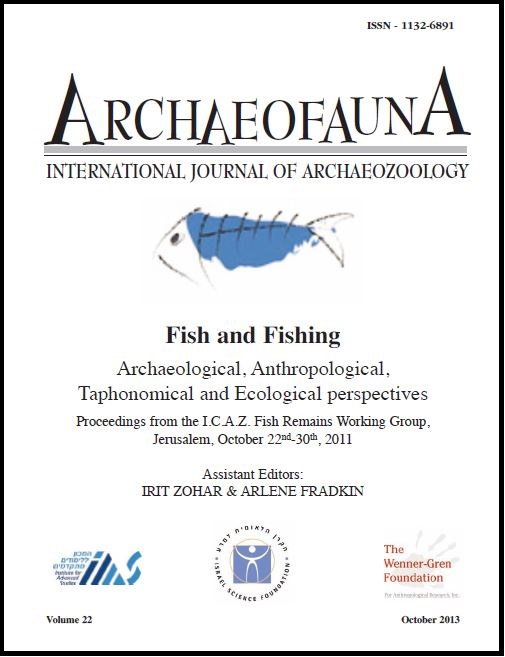Oxygen Isotope Ratios in Cod Otoliths Used to Reveal Seasonality of Fishing at Late Mesolithic Sites in Denmark
Keywords:
Cod, Denmark, Ertebølle, Fishing, Otoliths, Oxygen isotopes, SeasonalityAbstract
Estimation of fish season of capture is fundamental to the study of mobility and resource exploitation patterns of ancient populations that relied heavily on piscine resources. In this study, we examined the contribution of a new isotopic method to further our ability to reconstruct the seasonality of ancient fisheries. Seven cod (Gadus morhua) sagittal otoliths were selected as a sample from two Late Mesolithic (Ertebølle) sites in Denmark (Asnæs Havnemark and Fårevejle) to examine cyclical patterns in relative water temperatures estimated by the ratio of oxygen stable isotopes. Our study demonstrated that isotopic analysis of sagittal otoliths has great potential for revealing these patterns and showing when fish were caught. Results indicated that fishing activity occurred during more periods of the year than had been previously estimated from the presence of migratory fishes in the assemblages. In all, our study suggests that fishing played a larger role in the annual subsistence cycle of Ertebølle groups than had been previously acknowledged.

